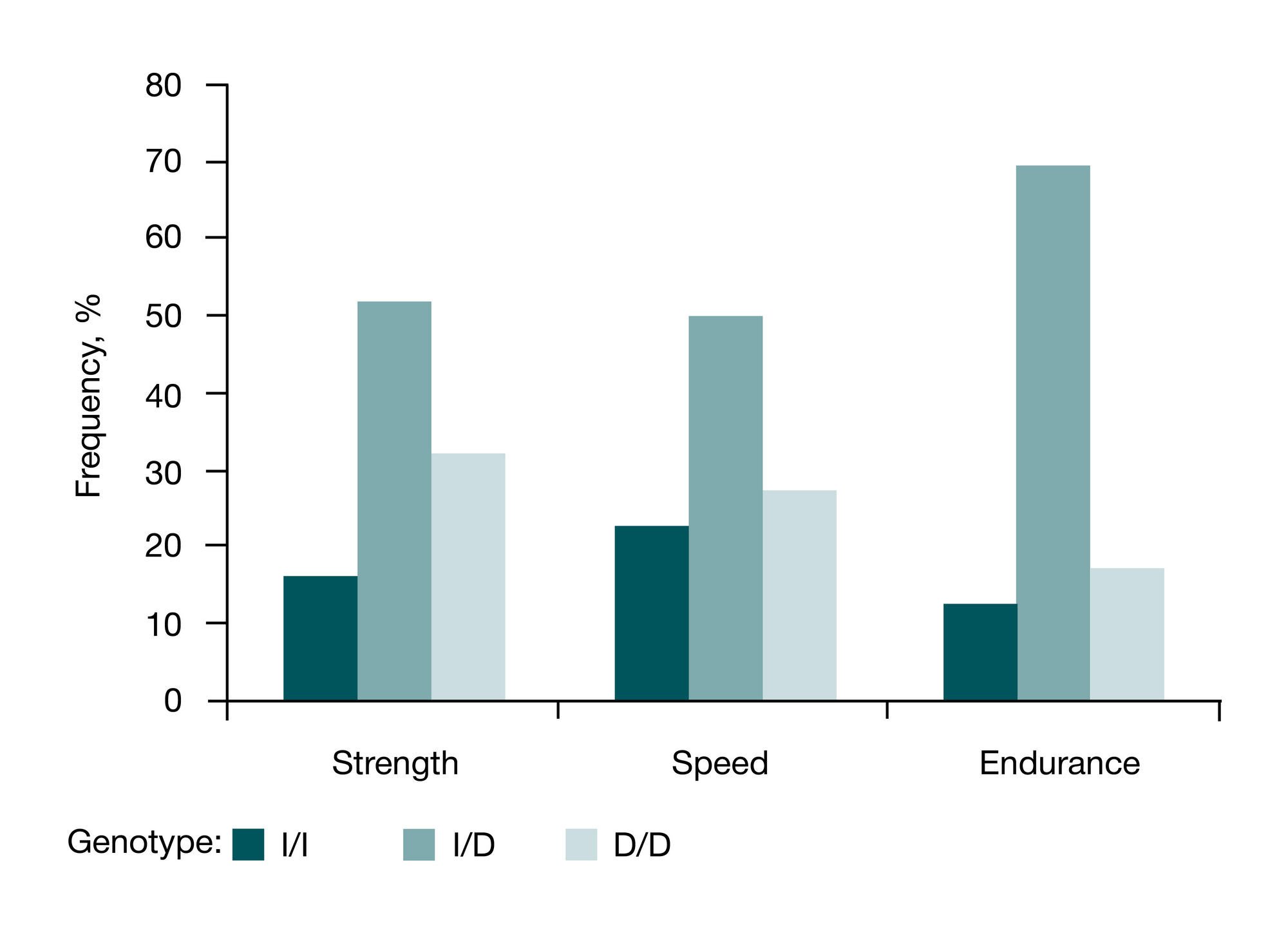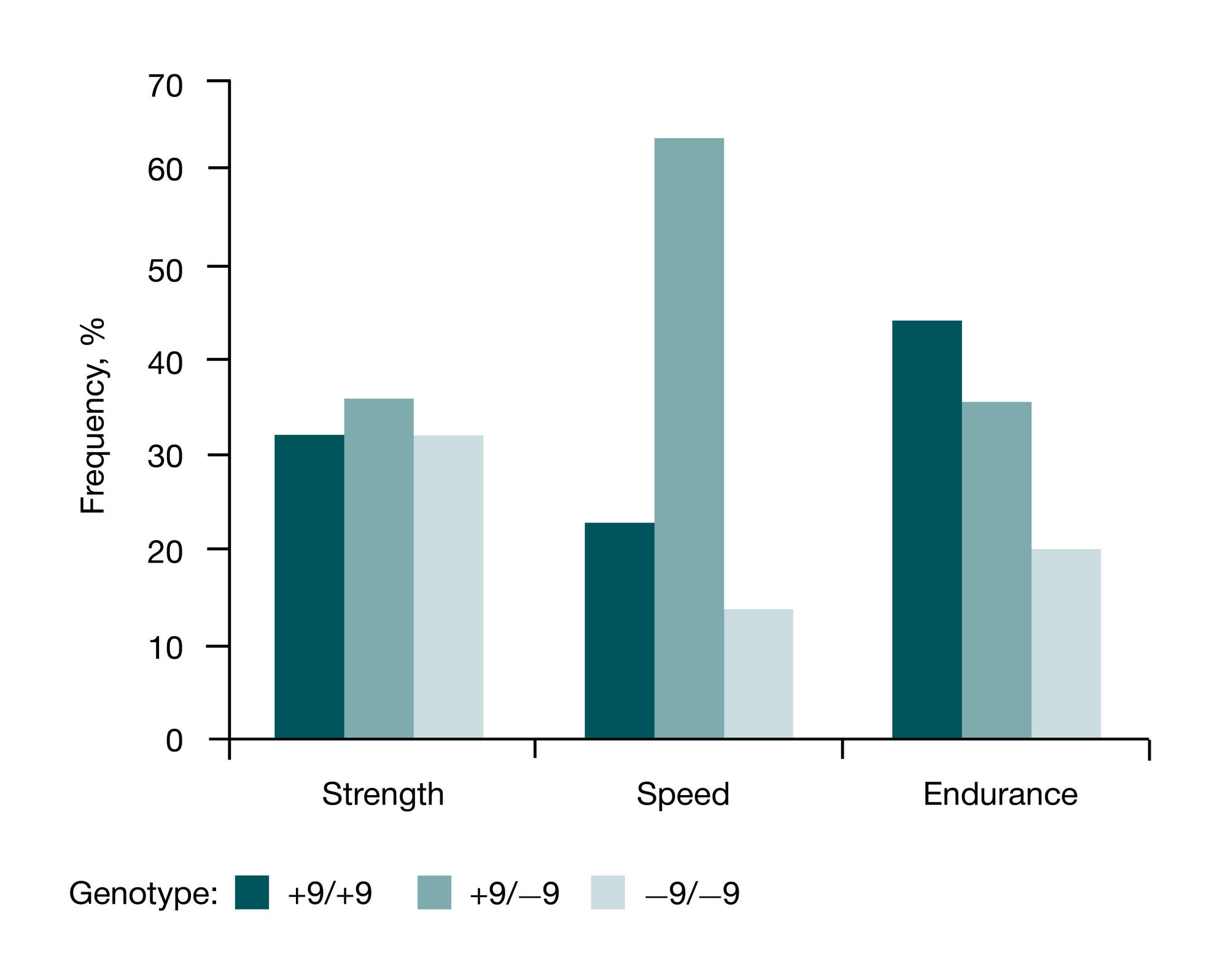
This article is an open access article distributed under the terms and conditions of the Creative Commons Attribution license (CC BY).
ORIGINAL RESEARCH
Association of polymorphic variants of ACE and BDKRB2 with heart rate variability in athletes of the Republic of Karelia
1 Laboratory of Genetics, Institute of Biology,KarRC RAS, Petrozavodsk, Russia
2 Department of Human and Animal Physiology, Pathophysiology and Histology, Medical Institute,Petrozavodsk State University, Petrozavodsk, Russia
3 Research Group for Math-Modeling of Biomedical Systems,Research Institute for Molecular Biology and Biophysics, Novosibirsk, Russia
Correspondence should be addressed: Sergey Kolomeichuk
ul. Nevskogo, d. 50, Petrozavodsk, Russia, 185910; ur.relbmar@kuhcyemolok_yegres
Funding: this work was supported by the Russian Foundation for Assistance to Small Innovative Enterprises (the Umnik program) and the state-funded Project No. 0221-2014-0034.
Acknowledgements: the authors thank Olga Fedorenko, CSc, of the Institute of Biology, KarRC RAS, for her valuable comments.
Contribution of the authors to this work: Kolomeichuk SN — analysis of literature, research planning, data collection, analysis, and interpretation, drafting of a manuscript; Alekseev RV — selection of athletes, participation in collection of data about heart rate variability, statistical processing and discussion, research planning, data analysis and interpretation, drafting of a manuscript; Putilov AA — data analysis and interpretation, drafting of a manuscript; Meigal AYu — research planning, participation in collection of data about heart rate variability, statistical processing and discussion.









